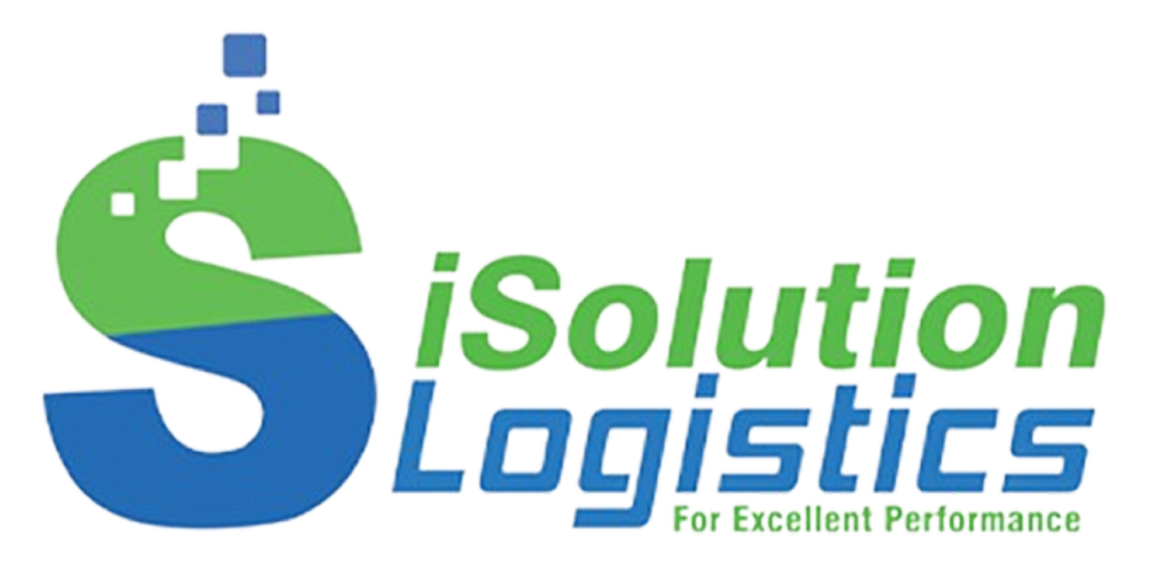The reverse logistics industry, also known as “reverse logistics,” involves the management and coordination of activities related to returning goods from consumers back to the point of origin or to a processing/recycling facility. Below are some challenges commonly faced by the reverse logistics industry:
- Partner Management and Collaboration: Reverse logistics service providers often need to work with various partners, from retailers to manufacturers and recycling facilities. Managing this collaboration can be challenging, especially when there is a significant diversity in processes and requirements.
- Sorting and Handling Returned Goods: Handling returned goods involves sorting, inspecting, and determining the appropriate disposition for each item. This process can be complex and labor-intensive, requiring efficient systems and workflows to minimize costs and delays.
- Product Disposition and Recovery: Determining what to do with returned items, whether it’s refurbishing, recycling, or disposing of them, poses a challenge. Maximizing the recovery value of returned goods while minimizing environmental impact is a key consideration.
- Data Management and Visibility: Effective reverse logistics relies on accurate and timely data regarding returned items. Managing this data and ensuring visibility throughout the reverse supply chain is crucial for making informed decisions and optimizing processes.
- Customer Expectations and Experience: Meeting customer expectations for hassle-free returns and exchanges is critical. Balancing a seamless return process with the complexities of reverse logistics poses a challenge in maintaining positive customer experiences.
- Regulatory Compliance: Compliance with regulations regarding the handling and disposal of returned goods, especially in industries with specific environmental considerations, adds an additional layer of complexity to reverse logistics operations.
- Cost Control: Reverse logistics can be costly, involving transportation, processing, and potential refurbishment or recycling expenses. Controlling costs while providing effective reverse logistics services is a constant challenge.
- Integration with Forward Logistics: Aligning reverse logistics processes with forward logistics (traditional supply chain) to create a seamless end-to-end system can be challenging but is essential for overall supply chain efficiency.
Addressing these challenges requires a strategic and well-integrated approach to reverse logistics, focusing on collaboration, technology adoption, and process optimization.




